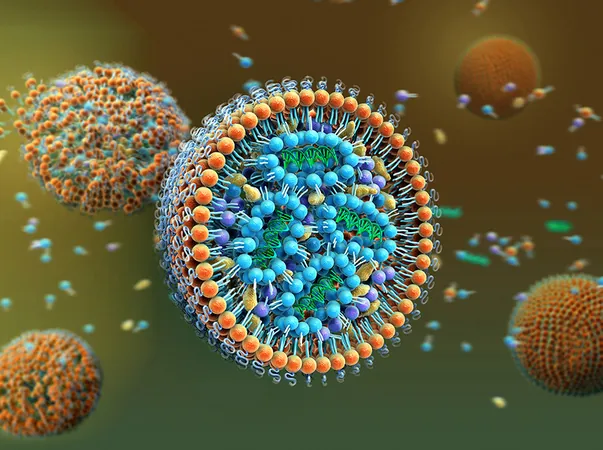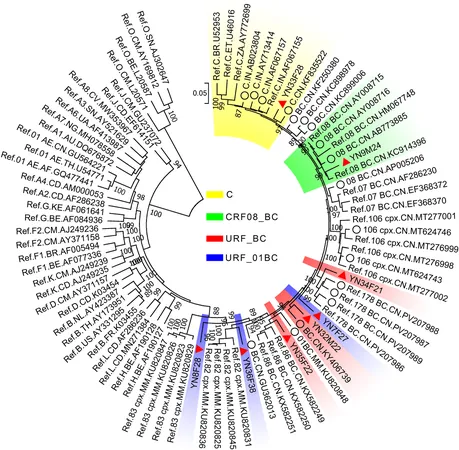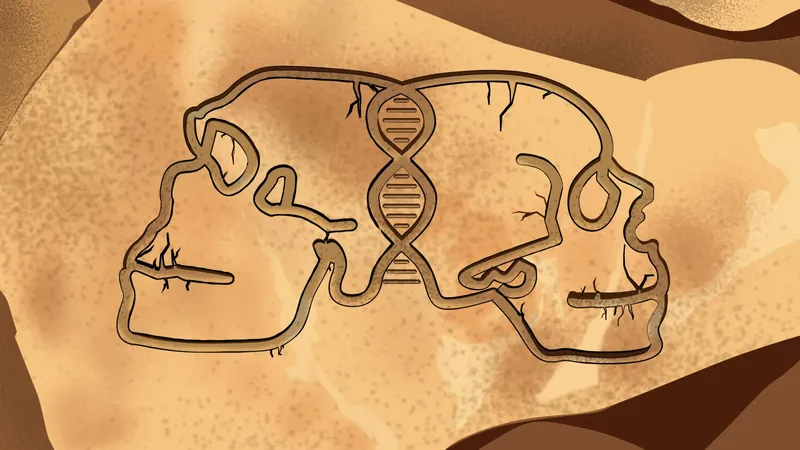
Unlocking the Secrets of Lipid Nanoparticles: A Breakthrough in Cryo-MS Technology
2025-05-22
Author: Wei Ling
Scientists Unravel the Layers of Lipid Nanoparticles using Cryogenic Mass Spectrometry
In an astonishing breakthrough, researchers from the University of Nottingham’s School of Pharmacy, along with their collaborators, have harnessed cryogenic mass spectrometry to investigate the hidden layers of lipid nanoparticles (LNPs). This innovative approach allows for depth profiling of these particles, shedding light on the intricate molecular orientation and composition that dictate LNP behavior.
A Game-Changer for RNA Vaccines and Drug Delivery
The success stories of the Moderna and Pfizer BioNTech COVID-19 vaccines have spotlighted the critical role of LNPs in RNA-based therapies. But the potential of these nanoparticles extends far beyond vaccines—they're also promising vehicles for delivering treatments targeting rare genetic disorders and even various cancers. Understanding the surface dynamics of these LNPs is essential to enhancing their efficacy and safety. The research indicates that the types of lipids present on the surface directly influence how LNPs interact with the human body, ultimately affecting their therapeutic potency.
Expert Insights on Revolutionary Findings
Dr. Robert Langer, a co-author of the study from MIT, emphasizes that drug delivery through LNPs requires a precise blend of molecules, a complexity that complicates their engineering. This cutting-edge research not only characterizes lipid nanoparticles more effectively but also sets the stage for developing more potent, targeted LNPs for diverse RNA therapies.
Advancements in Cryogenic Technology
The research team utilized Cryogenic Orbitrap secondary ion microscopy (Cryo-OrbiSIMS), a state-of-the-art technique that preserves biological samples in a near-native state. According to Dr. Morgan Alexander, the lead author of the study, this advancement allows for an unprecedented analysis of the native surfaces of delicate pharmaceutical systems, a challenge researchers have grappled with for years.
The Future of RNA-based Therapies Looks Bright
Dr. Kerry Benenato, chief platform officer at Sail Biomedicines, adds that this technology not only provides precise surface characterization but also opens up new possibilities for designing LNP-based medicines with customizable properties, including improved biodistribution. This capability could significantly expand the horizons for RNA-based therapeutics, making treatments more accessible and effective for a range of diseases.




 Brasil (PT)
Brasil (PT)
 Canada (EN)
Canada (EN)
 Chile (ES)
Chile (ES)
 Česko (CS)
Česko (CS)
 대한민국 (KO)
대한민국 (KO)
 España (ES)
España (ES)
 France (FR)
France (FR)
 Hong Kong (EN)
Hong Kong (EN)
 Italia (IT)
Italia (IT)
 日本 (JA)
日本 (JA)
 Magyarország (HU)
Magyarország (HU)
 Norge (NO)
Norge (NO)
 Polska (PL)
Polska (PL)
 Schweiz (DE)
Schweiz (DE)
 Singapore (EN)
Singapore (EN)
 Sverige (SV)
Sverige (SV)
 Suomi (FI)
Suomi (FI)
 Türkiye (TR)
Türkiye (TR)
 الإمارات العربية المتحدة (AR)
الإمارات العربية المتحدة (AR)